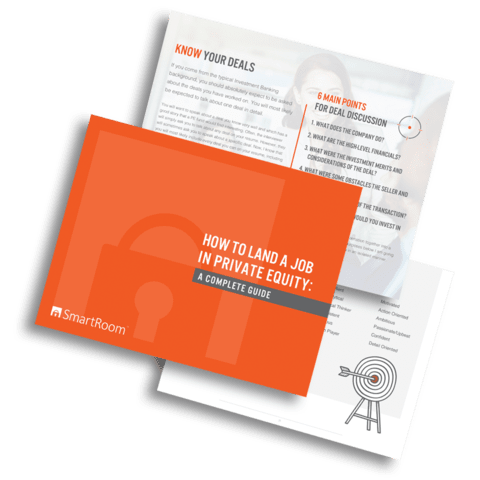
5 Reasons for M&A Deal Failure – SmartRoom
Analysts estimate that 2018 is going to be a big year in the mergers and acquisitions market. As we’ve written about before, a Deloitte Consulting survey released in late 2017 showed that more than two-thirds of executives from U.S.-based corporations expect M&A deal flow to increase over the next 12 months. This sentiment is even stronger among the private equity community, where 76 percent expect greater numbers. This is due to a strong economy as well as low interest rates and decreased regulations.
But not every one of these announced deals will go through. In fact, according to a 2017 study by City University of London’s Cass Business School, the number of announced deals that failed to close has been on the uptick. In 2016, that number was 7.2 percent globally, marking three consecutive years of increases. That figure is also the fourth-highest level in the last 25 years.
So why is it that deals fail to complete and what can these firms do to help get them over the finish line? There are any number of factors that can come to light during the due diligence process. Some are pleasant surprises. Others are not so much. Following are five of the top factors.
Target Termination Fees
The biggest influence on whether a deal completes is whether there’s a break fee. This charge is a fee paid to the target firm if the deal fails to close. According to the Cass study, a break fee “reduced the average probability of deal failure by almost 12%.” It goes on to note that acquirer termination fees had no real effect on whether a deal closes or not.
Target and Acquirer Size
A second major influence was the size of total sales of the target as compared to their peer group. Between 1992-2016, 17.4 percent of deals failed when total sales of the target were in the top 10 percent of their peer group. “This is almost certainly because such M&A deals involve so many moving parts…including both internal issues and external difficulties such as a regulatory hitch or a failure to secure financing,” the Cass report states.
Hostile or Not
Some companies are looking to sell or be acquired. Others get surprise bids from buyers that catch them, their employees and investors flatfooted. Those unsolicited bids are between five- and six-times more likely to collapse than solicited deals. In fact, approximately 60 percent of these hostile or unsolicited deals fail to see completion.
Have Enough Advisers
While it may seem like a unique component to the success of a deal, having the right amount of investment banking advisers can have a significant impact. According to the Cass report, “Adding one extra acquirer financial adviser reduced the probability of deal failure by 11.5%, and adding one extra acquirer legal adviser reduced the probability of deal failure by 8.0%.” Considering how complex these deals can be, it quickly begins to make sense that the more the merrier.
Cash is Everything
M&A deals can be structured in any number of different ways – stock swaps, assumption of debt or otherwise. But when it comes right down to it, the type of deal that seems to have a greater probability of sticking is one that’s done in cash. In fact, in four out of the last five M&A cycles between 1992-2016, cash-only deals had a lower failure rate than those using other forms of payment. Because share prices can have wild fluctuations, an acquisition tied to a company’s stock faces greater risk. That is all but eliminated with the stability of cash.
Successful M&A Case Studies from SmartRoom
Another way to help keep deals together is with the use of a virtual data room – sometimes called VDRs. Because any M&A deal has so many disparate components, the due diligence portion is where deals can be finalized or fall apart. Reviewing everything from employee information to contracts to financial documents can reveal so much about a company, whether it’s properly valued and any number of other operational or financial issues. This information is increasingly being stored and shared in a secure virtual data room. The advantages of virtual data rooms over systems like file sharing platforms or cloud storage are their bank-grade security, real-time content management tools and workflow resources.
One such provider of virtual data rooms is SmartRoom. The firm, which includes Fortune 100 companies like Pfizer, Coca-Cola and Citigroup among its clients, provides the VDR that the modern enterprise is looking for. It offers multi-layered security, integration with leading software programs and an intuitive interface that means any new user can be up and running in no time. And it does it all at a fraction of the cost of other providers.
Learn more about how SmartRoom’s virtual data room can make the difference in getting your M&A deals done here.
